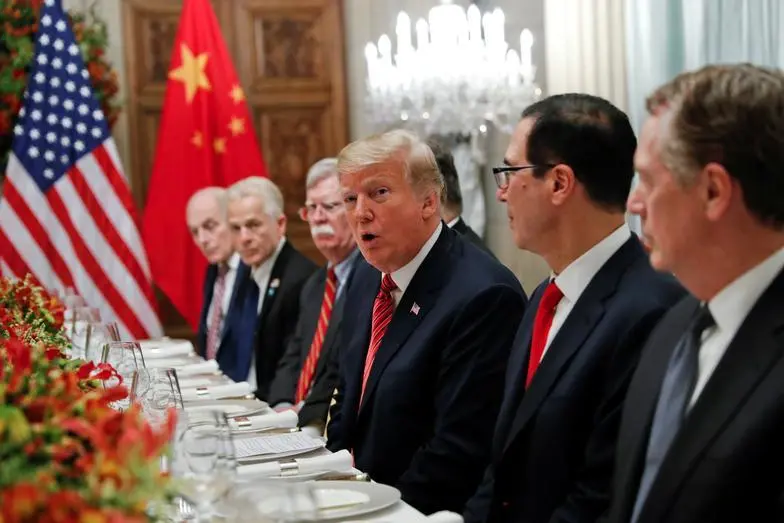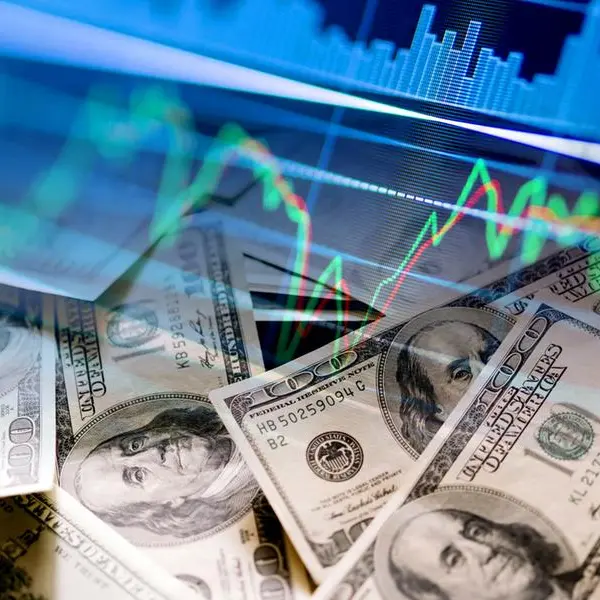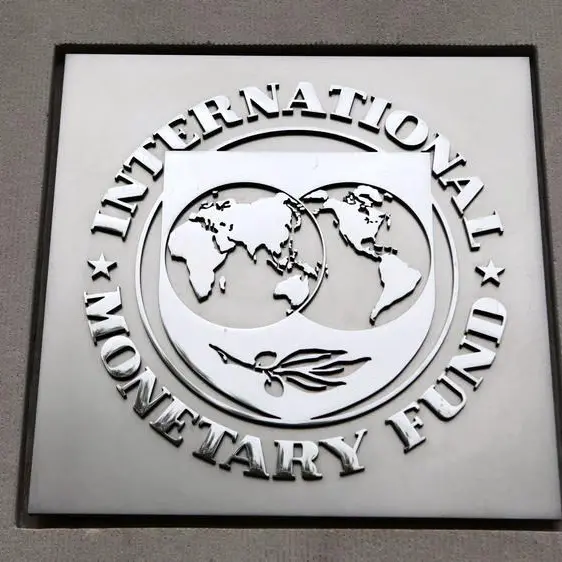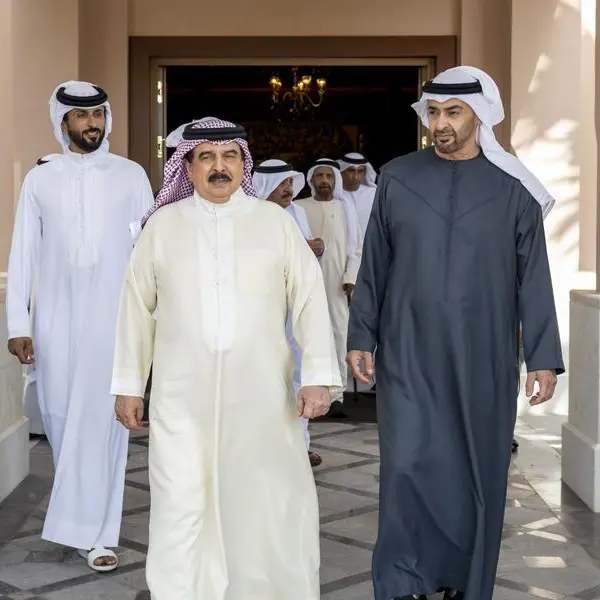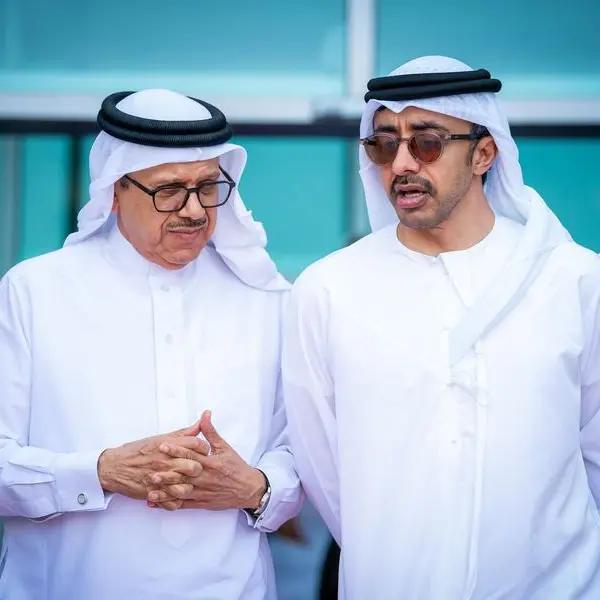PHOTO
WASHINGTON - The United States and China are already speaking different languages about trade. Their respective tariff-ceasefire spin over the weekend reflects different interpretations and priorities. Whether on auto import duties or the welcome Chinese students receive in America, negotiators in the trade talks that will now take place may struggle to restore the norms that prevailed before hostilities began, let alone go further.
Trump has created leverage over China that past U.S. presidents didn’t enjoy. After imposing duties on about half of Chinese imports, he and Chinese counterpart Xi Jinping agreed to halt their escalating trade war during their weekend dinner at the G20 gathering in Argentina. China agreed to buy more U.S. goods and to discuss structural changes to enhance intellectual-property protection and reduce forced technology transfers, according to the White House.
But differences emerged as soon as the dinner was cleared away. Beijing said America was eager to host students from the People’s Republic and that both sides agreed to increase market access – implying that included the United States, which has cracked down on Chinese investment. The White House didn’t mention either issue, but said China was open to reconsidering Qualcomm's $44 billion deal to acquire NXP Semiconductors, which Beijing had failed to approve leading to its abandonment in July – although that seemed moot on Monday with Qualcomm saying it considered the issue closed.
Meantime, Trump tweeted on Monday that China had agreed to “reduce and remove tariffs” on U.S. autos, an issue neither side mentioned in their summaries of the dinner. Earlier this year, China lowered overall auto levies from 25 percent to 15 percent, but later increased duties on American-made vehicles to 40 percent in response to the U.S. government adding a 25 percent tariff on Chinese autos. Beijing hasn’t confirmed if Trump’s tweet means levies will go down to 25 percent, 15 percent, or zero – or if it’s even accurate.
The People’s Republic was also vague on the thorniest issues in U.S. trade relations, declining to refer specifically to technology or IP. White House adviser Peter Navarro told National Public Radio on Monday that “talk is cheap” and Trump wouldn’t accept anything less than verifiable structural changes. With the starting points garbled, the two sides could easily end up back where they were before their G20 appetizers arrived.
CONTEXT NEWS
- U.S. President Donald Trump on Dec. 3 tweeted that China had agreed to reduce and remove tariffs on U.S. auto imports, which are currently at 40 percent. Beijing has not confirmed any such moves. Earlier this year, China lowered auto tariffs from 25 percent to 15 percent. But it increased the import duty on U.S. autos after the U.S. government imposed an additional 25 percent tariff on Chinese vehicles.
- Trump and Chinese President Xi Jinping agreed on Dec. 1 that they would not escalate tariffs while they take 90 days to negotiate a trade deal. The leaders met on the sidelines of the G20 summit in Argentina. The U.S. government will not increase import duties from 10 percent to 25 percent on $200 billion of Chinese goods on Jan. 1. In exchange, China will purchase a “very substantial” amount of agricultural, energy and industrial products from the United States.
(Editing by Richard Beales and Martin Langfield)
© Reuters News 2018
